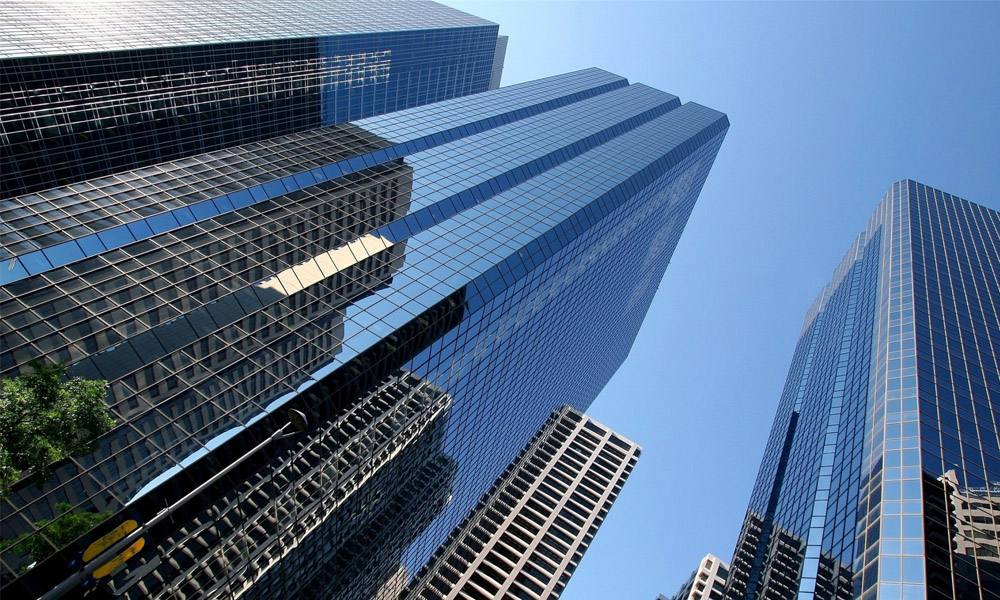

The Allure of Decorative Glass Art
Decorative glass art has emerged as a captivating and diverse form of artistic expression, mesmerizing observers with its vibrant colors, intricate designs, and the transformative power of light. From ancient civilizations to modern art movements, glass has remained a significant medium, evolving with the times while maintaining its intrinsic beauty.
Historically, glass-making can be traced back to around 2000 BC in Mesopotamia. This craft developed alongside advancements in technology, and by the Roman Empire, glass was being produced in various forms, including tableware and decorative objects. The ability to manipulate glass allowed artists to experiment with shapes, colors, and textures, giving birth to an art form that would evolve over centuries.
One of the most notable developments in decorative glass art is stained glass, particularly popular during the Gothic period. Stained glass windows adorned churches and cathedrals, creating a dialogue between art, light, and spirituality. The vibrant colors of these windows were not merely decorative; they told stories from the Bible, imparting lessons and morals to the masses who could not read. The interplay of light through the colored glass imbued these spaces with an ethereal quality, bringing the artwork to life.
In addition to stained glass, techniques such as blown glass and fused glass have contributed to the realm of decorative glass art. Blown glass, popularized in Venice during the Renaissance, involves inflating molten glass into various shapes, leading to the creation of exquisite vases, bowls, and chandeliers. The craftsmanship required in blowing glass is both an art and a science, demanding skill and precision to achieve delicate forms.

Fused glass, another innovative technique, involves layering pieces of glass and fusing them together in a kiln. This method allows for endless creative possibilities, as artists can incorporate textures, colors, and even inclusions of other materials. The results can range from abstract sculptures to functional items, such as serving dishes or wall art. Through these techniques, artists have pushed the boundaries of glass art, leading to a contemporary revival and renewed appreciation.
Today, decorative glass art continues to enchant people around the world. Artists are melding traditional methods with contemporary concepts, creating pieces that challenge our perceptions of glass. Sculptures now take on unexpected forms, often integrating technology and mixed media. Some artists produce installations that respond to their surroundings, using glass to shape perceptions of space and light.
Furthermore, the rise of sustainable art has led many glass artists to explore eco-friendly practices. Recycled glass is increasingly being used in decorative pieces, promoting environmental consciousness while showcasing the beauty of this versatile material. This trend not only honors the rich history of glass art but also ensures its relevance in a world increasingly focused on sustainability.
The appeal of decorative glass art extends beyond its visual splendor; it has the power to provoke thought and evoke emotion. A stunning glass sculpture can serve as a centerpiece in a home, reflecting the personality and taste of its owner while encouraging conversation. Through exhibitions and galleries, glass art can engage the public, inviting them to experience its beauty up close.
In conclusion, decorative glass art is a profound testament to human creativity and ingenuity. It bridges the gap between functional objects and high art, allowing for a diverse range of expressions. As artists continue to innovate and explore the medium, the future of decorative glass art promises to be as vibrant and dynamic as its illustrious past. Whether gracing the windows of a cathedral or standing boldly in a modern gallery, decorative glass art remains a testament to the enduring allure of this timeless medium.